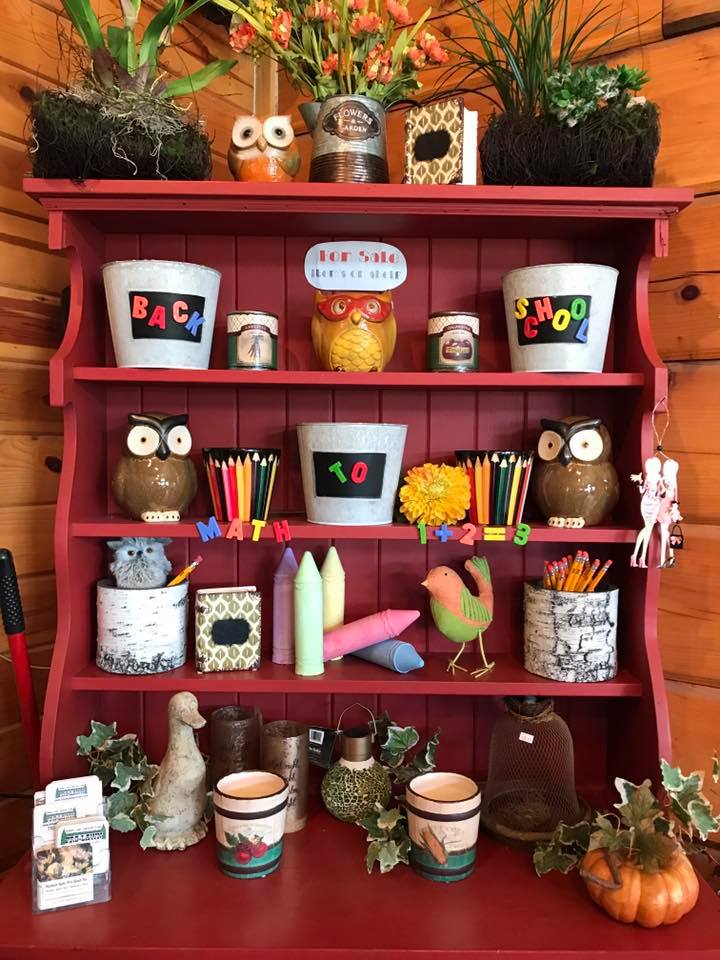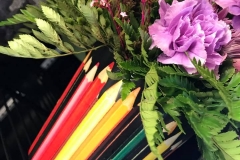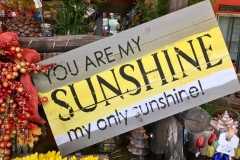To cut or not to cut, that is the question! Autumn brings about a number of important, and sometimes mind-boggling, questions regarding fall care for perennials and shrubs. Do you cut back those straggly daylilies? What about those grasses? In today’s blog, we will discuss what to cut and what to save!
Grasses: If your grasses are tall and stately with feathery tops, you might consider saving them until spring. Many grasses provide beautiful winter interest and natural habitat for birds and wildlife. Shorter or unruly ornamental grasses can be cut in the fall, late winter, or spring. If you choose to keep your grasses through the winter, be sure to cut them back in the spring. Clear debris from the centers of the grasses to encourage new growth.
Sedum: While sedum lose their foliage in the fall and can look rather gangly, the remaining blooms are snow-collecting platforms that turn to billowy, pillowy snow puffs in the winter. If you just can’t stand the look of sedum sticks in the fall, go ahead and cut them to the ground once the flowers die.
Dogwood Shrubs: Many varieties of Dogwoods can become huge and overgrown. You can reshape your dogwoods in the fall to keep its size more manageable. However, the twigs of Dogwood are found in shades of deep red, crimson, and yellow and make a wonderful, colorful addition to brighten a winter garden. If you do cut your Dogwood shrubs in the fall or early winter, be sure to keep the twigs for winter arrangements, window boxes, or outdoor patio pots with pine boughs and pine cones!
Hydrangea: Now is the time to cut your Hydrangea blooms for floral arrangements and for dried flowers! Pruning your hydrangeas varies for each type of Hydrangea shrub. Before you prune, find out what kind of Hydrangea you have to ensure the health and re-bloom of your shrub!
- Annabelle Hydrangeas can be cut to the ground in the fall, winter, or spring when only the sticks remain.
- Limelight, Vanilla Strawberry, Strawberry Sundae, and other Paniculata varieties can be cut up to 1/3 in the late-fall, winter, or early spring to maintain its shape and size.
- Endless Summer and Quickfire Hydrangeas set blooms on their old growth in the fall. If you prune them in the fall, you run the risk of cutting off the flower buds set for the spring. It is best to lightly prune these Hydrangeas right after they are done flowering, before August.

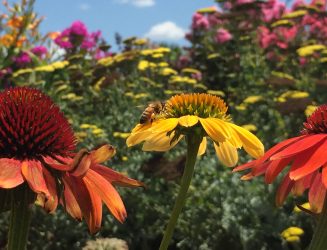
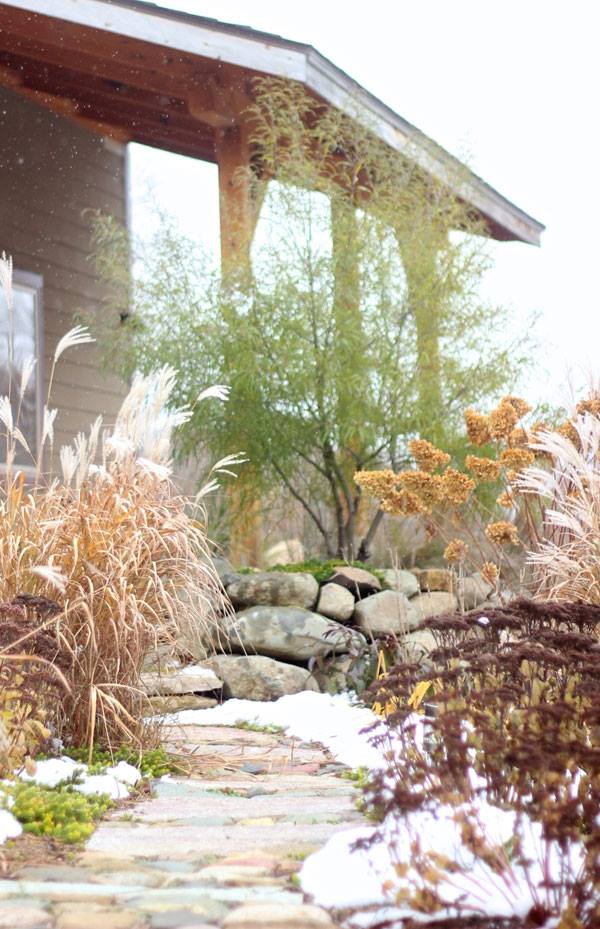
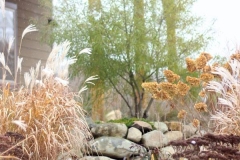
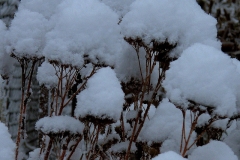
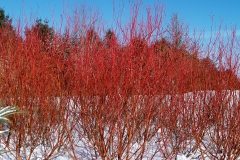
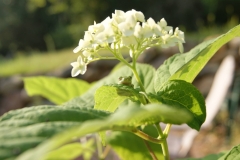
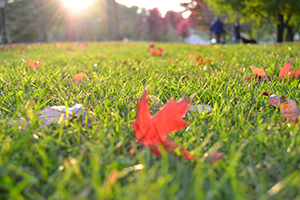
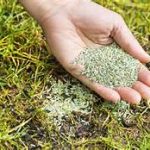
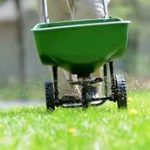
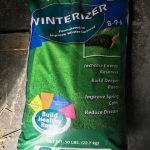

 Deadheading:
Deadheading:  Daylily leaves frequently dry out, turn yellow, and/or flop to the ground. Easily remove dried-out foliage at the base of the plant with just a quick sweep of your hand. Cut away yellowing leaves with a hand-pruner. If your daylilies have flopped over, cut the foliage back to the desired height. For fall clean-up, cut all daylily foliage to 6 inches. Removing old foliage allows your daylilies to reserve energy for their roots for the winter and reduces the amount of work required for spring clean-up the following year.
Daylily leaves frequently dry out, turn yellow, and/or flop to the ground. Easily remove dried-out foliage at the base of the plant with just a quick sweep of your hand. Cut away yellowing leaves with a hand-pruner. If your daylilies have flopped over, cut the foliage back to the desired height. For fall clean-up, cut all daylily foliage to 6 inches. Removing old foliage allows your daylilies to reserve energy for their roots for the winter and reduces the amount of work required for spring clean-up the following year. 